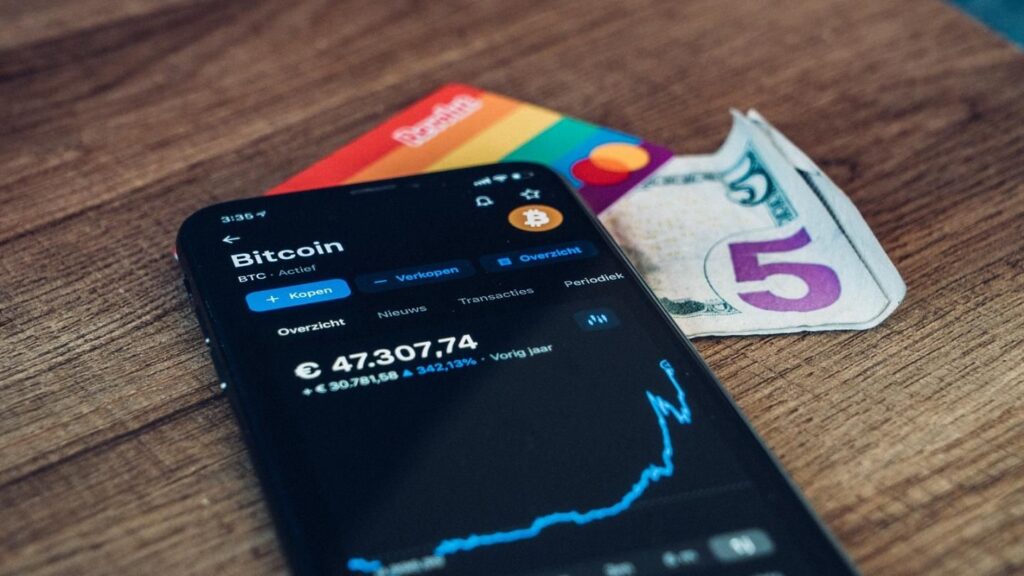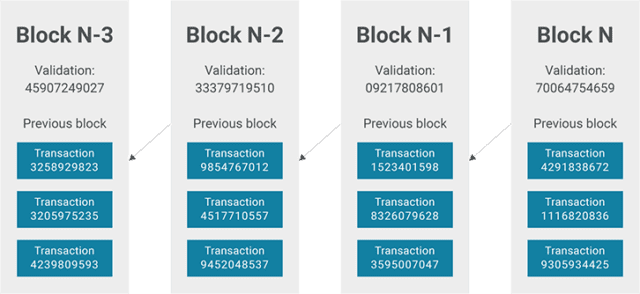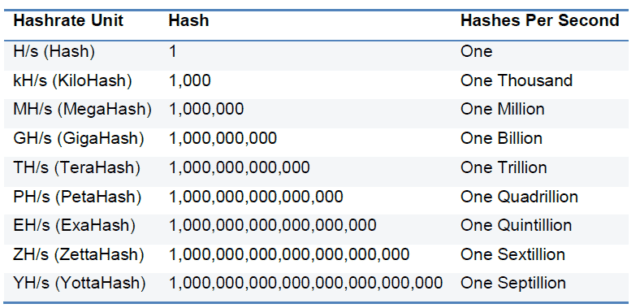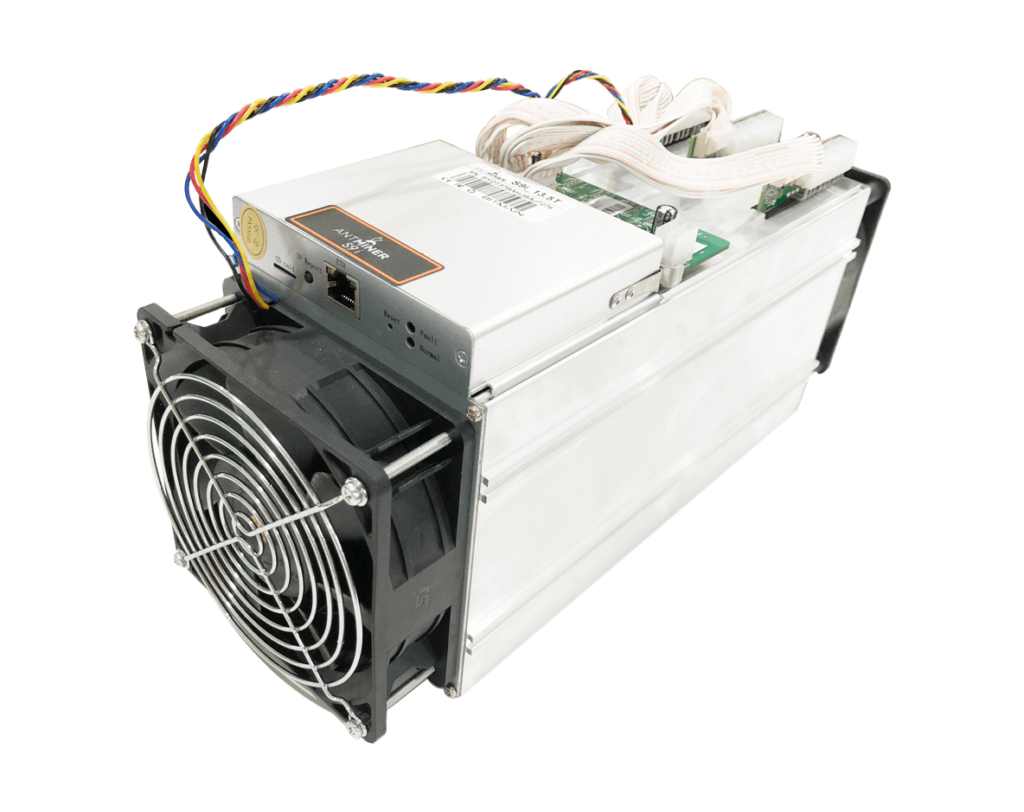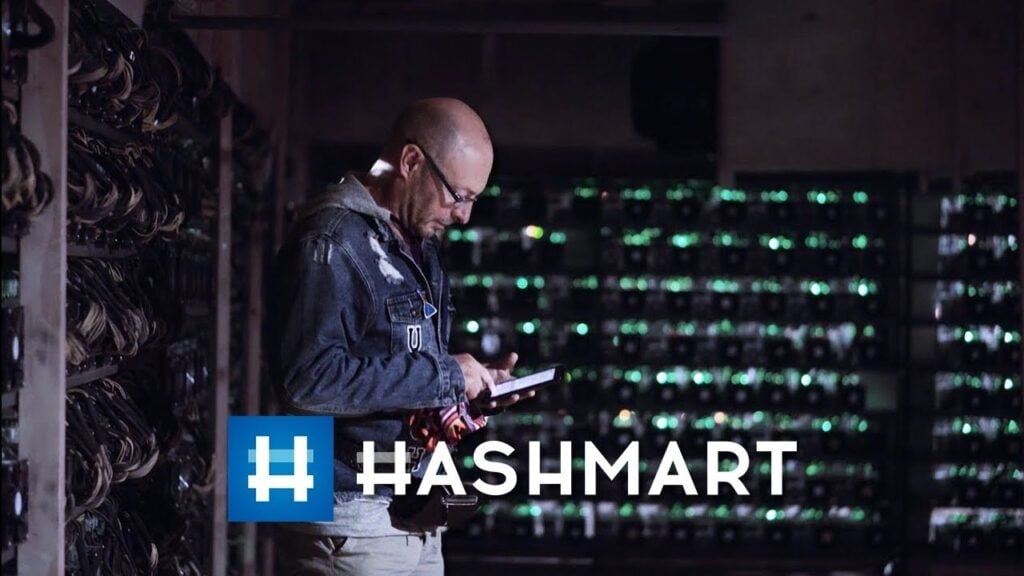Cloud mining vocabulary

The cryptocurrency industry has gained popularity in different parts of the world in just a few years. This is mainly due to the high profitability of digital assets and many ways to make money on them, including in the form of passive income. The rise in popularity of Bitcoin has contributed to a large influx of newcomers to the cryptocurrency industry, who sometimes have no idea about its basic concepts and slang. If you are one of those people (or want to brush up on information about crypto), this vocabulary is for you.
What do you need to know about cryptocurrencies and mining?
Let’s start with the most popular. Bitcoin (BTC) is the world’s first cryptocurrency created in January 2009 by an anonymous person (according to some theories, Bitcoin could have been created by a group of people or even a government organization). But besides Bitcoin, there are also altcoins (alternative coins) on the market – other cryptocurrencies that were first created based on Bitcoin and then as fundamentally new platforms with a broader range of functions.
Among the altcoins, there are thousands of shitcoins. This slang term refers to coins that do not carry fundamental value and, as a rule, almost completely lose their entire value at times of market drawdowns. However, sometimes shitcoins can also be used for pump – a targeted price increase by a closed group of investors.
Satoshi Nakamoto is the pseudonym for the anonymous creator of BTC. The identity of Nakamoto is still a secret; there are a considerable number of hoaxes on this topic. Perhaps the most famous “revelation” was investigative journalism in 2014, according to which an American of Japanese descent, Dorian Satoshi Nakamoto, was allegedly hiding behind a pseudonym. He later denied this information.
The smallest indivisible particle of 1 BTC is 1 Satoshi; it was named in honor of its creator. There are precisely 100,000,000 satoshi in one bitcoin.
To buy your first bitcoins, you need a cryptocurrency wallet, an address on the Bitcoin network where you can send coins. A private key is used to access the wallet – a unique combination of secret symbols.
Blockchain is a chain of blocks where Bitcoin users carry all the information about the transactions ever carried out. Many altcoins have been created based on blockchains, while the blockchain itself can be both public and private. In the first case, the information in the blocks is available to anyone, in the second, the information is hidden from prying eyes. Private blockchains can be the basis for projects within companies for which data leaks are unacceptable.
Transactions are added to the blockchain through mining. This is the process of solving a specific mathematical problem to find a particular hash, which will make it possible to “find” a new block and receive a reward (at the moment, its amount is 6.25 BTC). Miners are also rewarded in fees for transferring bitcoins on the network. The commission is the user’s fee to include his transaction in a new block; as a rule, the higher the commission, the higher the transfer place in the general queue of transactions for confirmation (mempool).
While a transaction is in the queue, it is considered unconfirmed (pending). Miners who process transactions have nodes on the Bitcoin network. A node is a computer that has a copy of the blockchain. Not only miners can launch their node, the more nodes in the network, the higher its decentralization (more copies of the blockchain from different people).
A hash is the result of processing data by a hash function. The miner’s computing power is the hash rate – the number of hashes for a certain period that his equipment can “pick up” to solve the mathematical problem of finding a new block.
SHA-256 is a cryptographic hash function that takes random input and produces a fixed output. This function underlies Bitcoin hashes. SHA-256 is also used to encrypt banking transactions; this algorithm is so complex that it is beyond the power of modern supercomputers to crack it.
The hash rate is most often measured in terahesh per second. ASIC miners manufacturers indicate this value in the specification of their equipment. 1 TH / s (terahesh per second) is one trillion (1,000,000,000,000) hashes per second. In reference to the total hash rate of the entire Bitcoin network, there is also an indicator of 1 exahesh per second, or one quintillion hashes per second.
Miners’ equipment is called ASIC (Application-Specific Integrated Circuit). These are special devices designed only to solve the problem of finding new blocks. Asics become obsolete over time as the hashrate of the Bitcoin network grows. The growth is due to an increase in the difficulty of mining – this is an indicator that adjusts the complexity of a mathematical problem for miners so that the time to find a new block is approximately equal to 10 minutes. The difficulty grows against the background of the hash rate growth and is recalculated every 2016 blocks (about two weeks).
At the dawn of Bitcoin’s history, when hobbyists were still mining, the difficulty was very low compared to today’s value. It was possible to mine even on a regular computer and search for new blocks for the blockchain alone. This phenomenon is called solo mining. However, as the difficulty grows, it is almost impossible for one individual miner to “find” a new block. Then how do they make a profit?
To achieve this goal, miners united in pools. For several years, the largest pools have formed on the market. They pay remuneration to their participants from those blocks that some of them managed to extract. Payment models can be different, but the income of an individual member of the pool most often depends on his hash rate.
The amount of income from a crypto farm can be calculated by a mining calculator. This is a service that calculates the potential profitability based on the complexity, network hash rate, equipment hash rate, cryptocurrency price, and electricity cost.
In addition to the individual service of crypto farms, there is another way to make money on mining – to use the services of a cloud mining platform. This is a company that takes care of all the hassle of installing and maintaining ASIC miners in a mining center; its customers buy tariff plans and receive regular payments from the equipment operation income. Cloud mining has a lot of advantages: it does not require serious investments, special knowledge about the work of ASIC miners, and the risks associated with their purchase.
Hashmart is one of the most popular cloud mining platforms. Using our services will make it as easy as possible to create an excellent source of passive income for yourself. Buying and setting up your mining farm (several ASIC miners for Bitcoin mining) is a costly task that requires an initial investment of thousands of dollars.
In addition to mining Bitcoin, you can also mine in the Ethereum cloud with Hashmart. It is the second-largest cryptocurrency in capitalization and the most popular platform for smart contracts. A smart contract is a computer algorithm designed to generate, control, and provide information about the ownership of something. Smart contracts are “digital contracts” between parties whose execution is guaranteed by the blockchain code. Ethereum is also very popular as the foundation for the Decentralized Finance (DeFi) industry. This is the name of the set of decentralized platforms and applications that are created to provide loans on the blockchain.
Hashmart customers have the opportunity to participate in the affiliate program, both as a referrer and as a referral. The former receive bonuses for inviting new users, the latter for joining and participating in cloud mining using a referral link. In addition, to receive a reward, new users can enter a promo code on the website.
Cryptocurrencies mined on Hashmart are credited to your account every day. You can withdraw and sell them on an exchange – a trading platform where users exchange their digital assets. Trading platforms are divided into two types:
- Centralized Exchange: A platform operated by a single company. It controls all wallets of the exchange and is responsible for the safety of clients’ funds;
- Decentralized Exchange: A platform that operates through smart contracts. In this case, users’ funds remain in their wallets, and liquidity pools are used to conduct transactions.
Note that to sell a large number of coins on the exchange, you need liquidity – the corresponding demand for your assets from buyers. The lower the liquidity, the greater the effect on the price of an asset made by transactions with it.
Cryptocurrencies do not have to be sold right away – they can be kept in your wallet pending price increases for a better deal. This process is called “holding” from the slang word HODL. Well, if you want to accumulate even more BTC or ETH, most likely you have FOMO (fear of missing out) – fear of lost profits.
The terms mentioned in this article are the most basic of what every novice crypto investor should know. And remember, to invest in cryptocurrencies, you don’t have to spend huge amounts of money. Try blockchain cloud mining yourself with Hashmart.io!
